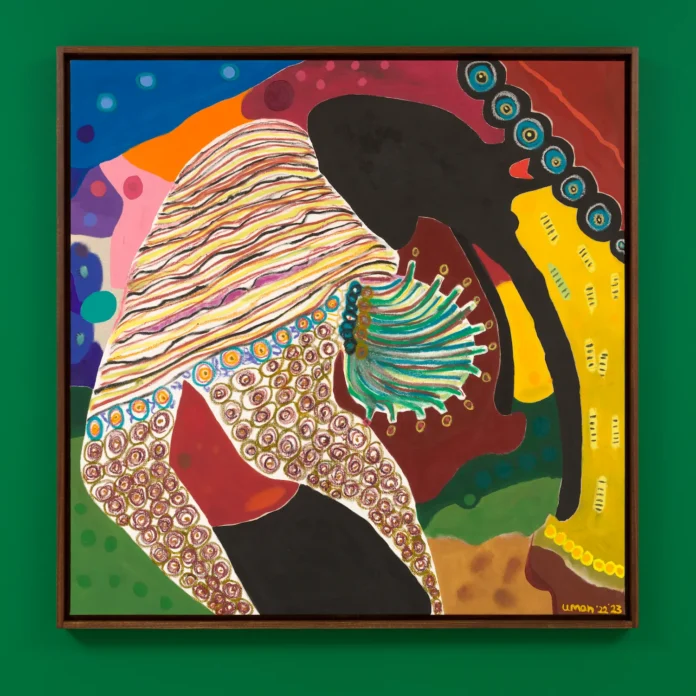A little over a year ago, just as the art world was emerging from the pandemic, Marc Payot, co-president of mega-gallery Hauser & Wirth, and dealer Nicola Vassell started having conversations about the challenges of the current gallery ecosystem. Vassell had opened her eponymous New York gallery in 2021, after stints working for Deitch and Pace galleries, and as an independent consultant. As Vassell recalls it, the conversations led to the question of the challenges faced by galleries of different scales. Was there a way. they wondered, that galleries could work together to support a thriving ecosystem, rather than one where artists left galleries like Vassell’s for those like Hauser? sarana99
“We all had a lot of time to think during the pandemic,” Payot told ARTnews recently, “and I came to the realization that the art world is in a state where the few very large successful galleries are becoming more and more successful and larger, and for the rest of the ecosystem, things are very tough.”
In the meantime, Payot became interested in an artist Vassell represents, the painter Uman. The two dealers decided to give a new arrangement a shot: a full partnership that will be the first in a new initiative for Hauser & Wirth modeled on a framework of collective impact.
Collective impact is a model that became popular in philanthropic circles around 2011. It refers to an intense partnership between organizations (often ones of different scales) to accomplish a shared goal. The criteria for such a relationship are a common agenda, a shared measurement system, mutually reinforcing activities, continuous communication, and a backbone organization. In the case of Hauser and Vassell, they’ll be leaning on transparency and “intensive resource sharing” to develop the partnership.
“It’s an entrepreneurial way of thinking differently in order to develop the career of an artist, on one hand, and, on the other hand, to support a smaller gallery in its development,” Payot said of Hauser and Vassell usage of collective impact.
Vassell started working with the Somali-born, upstate New York-based Uman shortly after opening her gallery, and the works have caught on with collectors. Uman started out selling art on the street in New York in the early 2000s, before a 2015 show at the alternative space White Columns. Downtown New York dealer David Fierman, founder of Fierman gallery, worked with the artist for three years, at Fierman and previously at Louis B. James gallery, and sold her work to both collectors and institutions. Vassell, who began representing Uman in 2022, sold out a booth of the artist’s paintings at the Independent Fair that year, and had a successful solo show with Uman this past spring. sarana99

“She is a remarkable artist,” Vassell told ARTnews. “A once-in-a-generation talent. And her work has this capacity for evolution. She needs an outlet to express that that reaches far and wide. But that gives fuel to the capacity to evolve.”
Fiercely protecting such artists from the incursion of larger suitors, Vassell said, is not a good way to further their careers. “When you have a talent like Uman in your stable the reflex might be to build a wall,” she said, “but I’ve been in the business long enough to understand that you can’t challenge a talent that may not stay in place. So you widen the circumference, recognizing the global forces of the market.”
The idea, Vassell said, is to have the best of both worlds: the important context of the smaller gallery, and the support system of the mega. Move to a mega too soon, and a young artist can get lost; stay too long with a smaller gallery and an artist can start to feel suffocated. “It’s the ability to have the sum total of two different, but potent support systems, to create an amplified advantage.” sarana99

